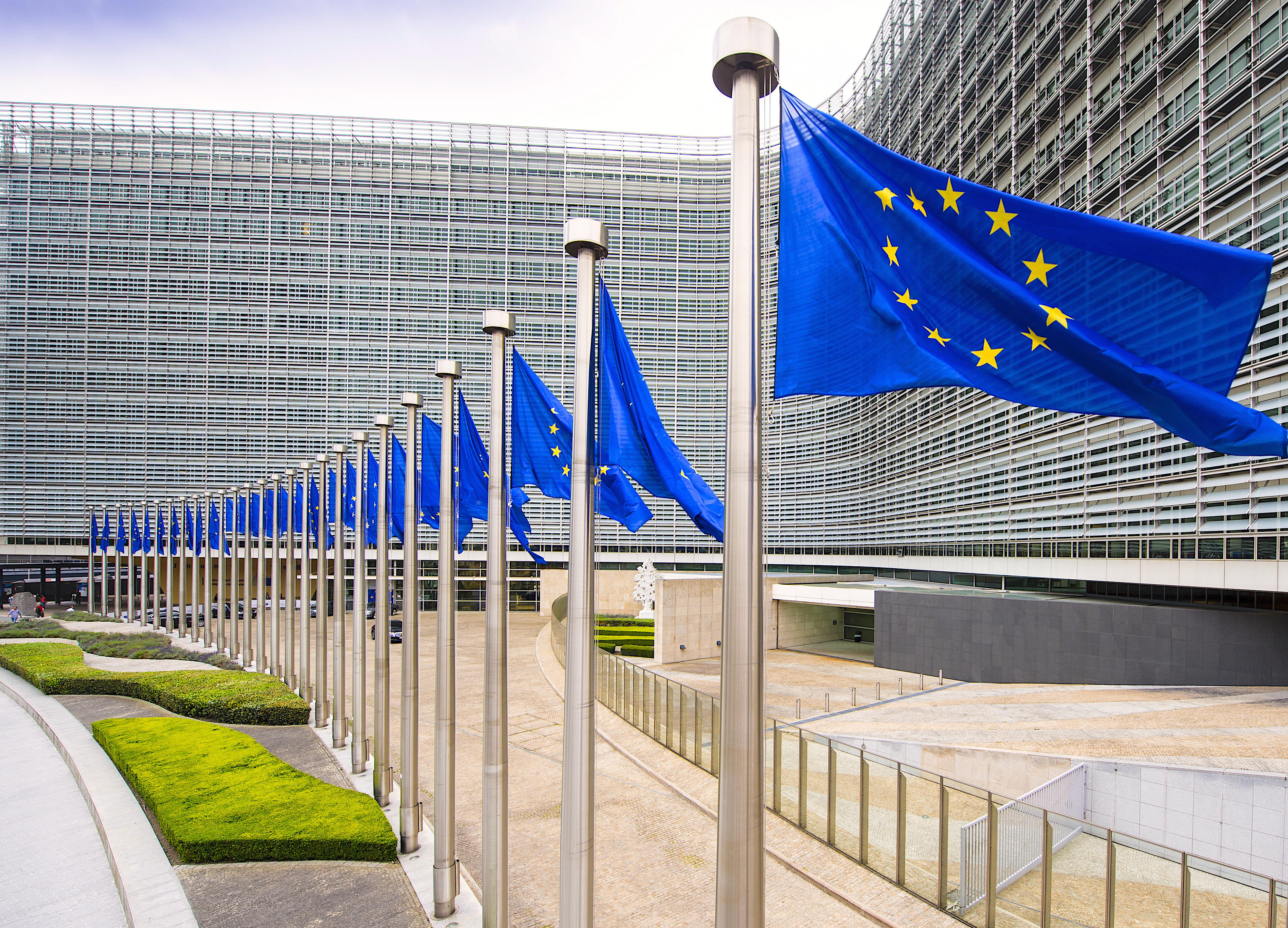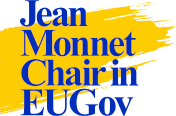Institutional Framework

Quick definition
The European Union (EU) is a unique economic and political union between 27 European countries. The EU has its own legislature and executive, as well as an independent judiciary and a central bank. These are supported and complemented by a set of institutions and bodies, the powers conferred on which derive from the founding Treaties. The Union’s powers have evolved considerably over the years through the successive Treaties, as have its decision-making procedures, which Parliament and the Council now follow when legislating on most EU policies. The Union also has its own budget with which to achieve its objectives. The Lisbon Treaty gave Parliament an equal say with the Council to decide on the entire EU budget and the multiannual financial framework.
Historical Overview
The disastrous effects of the Second World War and the constant threat of an East-West confrontation meant that Franco-German reconciliation had become a top priority. The decision to pool the coal and steel industries of six European countries, brought into force by the Treaty of Paris in 1951, marked the first step towards European integration. The Treaties of Rome of 1957 strengthened the foundations of this integration, as well as the notion of a common future for the six European countries involved.
The main developments of the early Treaties are related to the creation of Community own resources, the reinforcement of the budgetary powers of Parliament, election of MEPs by direct universal suffrage and the setting-up of the European Monetary System (EMS). The entry into force of the Single European Act in 1986, which substantially altered the Treaty of Rome, bolstered the notion of integration by creating a large internal market.
The Maastricht Treaty altered the former European treaties and created a European Union based on three pillars: the European Communities, the common foreign and security policy (CFSP) and cooperation in the field of justice and home affairs (JHI). With a view to the enlargement of the Union, the Amsterdam Treaty made the adjustments needed to enable the Union to function more efficiently and democratically.
The Treaty of Nice prepared the European Union only partially for the important enlargements to the east and south on 1 May 2004 and 1 January 2007. Therefore, following up on the questions raised in the Laeken Declaration, the European Convention made an effort to produce a new legal basis for the Union in the form of the Treaty establishing a Constitution for Europe. Following ‘no’ votes in referendums in two Member States, that treaty was not ratified.
The Treaty of Lisbon started as a constitutional project at the end of 2001 (European Council declaration on the future of the European Union, or Laeken declaration), and was followed up in 2002 and 2003 by the European Convention which drafted the Treaty establishing a Constitution for Europe (Constitutional Treaty). The process leading to the Treaty of Lisbon is a result of the negative outcome of two referenda on the Constitutional Treaty in May and June 2005, in response to which the European Council decided to have a two-year ‘period of reflection’. Finally, on the basis of the Berlin declaration of March 2007, the European Council of 21 to 23 June 2007 adopted a detailed mandate for a subsequent Intergovernmental Conference (IGC), under the Portuguese presidency. The IGC concluded its work in October 2007. The Treaty was signed at the European Council of Lisbon on 13 December 2007 and has been ratified by all Member States.
What are the goals of the EU?
- promote peace, its values and the well-being of its citizens
- offer freedom, security and justice without internal borders
- sustainable development based on balanced economic growth and price stability, a highly competitive market economy with full employment and social progress, and environmental protection
- combat social exclusion and discrimination
- promote scientific and technological progress
- enhance economic, social and territorial cohesion and solidarity among EU countries
- respect its rich cultural and linguistic diversity
- establish an economic and monetary union whose currency is the euro.
The Union's Institutional Framework
The EU has an institutional framework aimed at promoting and defending its values, objectives and interests, the interests of its citizens and those of its member countries. This framework also contributes to ensuring the coherence, effectiveness and continuity of EU policies and actions.
According to Article 13 of the Treaty on European Union, the institutional framework comprises 7 institutions:
- the European Parliament;
- the European Council;
- the Council of the European Union (simply called ‘the Council’);
- the European Commission;
- the Court of Justice of the European Union;
- the European Central Bank;
- the Court of Auditors.
Each institution acts within the limits of its remit, granted in the Treaties in line with the procedures, conditions and purposes laid down therein.
The EU has also a number of other institutions and interinstitutional bodies that play specialised roles in the Union's general framework.
Institutional Representation
- the EU's broad priorities are set by the European Council, which brings together national and EU-level leaders (It has the responsibility to set the Union's overall political direction, but has no powers to pass laws).
- directly elected MEPs represent European citizens in the European Parliament
- the interests of the EU as a whole are promoted by the European Commission, whose members are appointed by national governments
- governments defend their own country's national interests in the Council of the European Union.
Law-Making
There are 3 main institutions involved in EU legislation:
- the European Parliament, which represents the EU’s citizens and is directly elected by them;
- the Council of the European Union, which represents the governments of the individual member countries. The Presidency of the Council is shared by the member states on a rotating basis.
- the European Commission, which represents the interests of the Union as a whole.
Together, these three institutions produce through the "Ordinary Legislative Procedure" (ex "co-decision") the policies and laws that apply throughout the EU. In principle, the Commission proposes new laws, and the Parliament and Council adopt them. The Commission and the member countries then implement them, and the Commission ensures that the laws are properly applied and implemented.
Source: EC and EP Website, 2023
